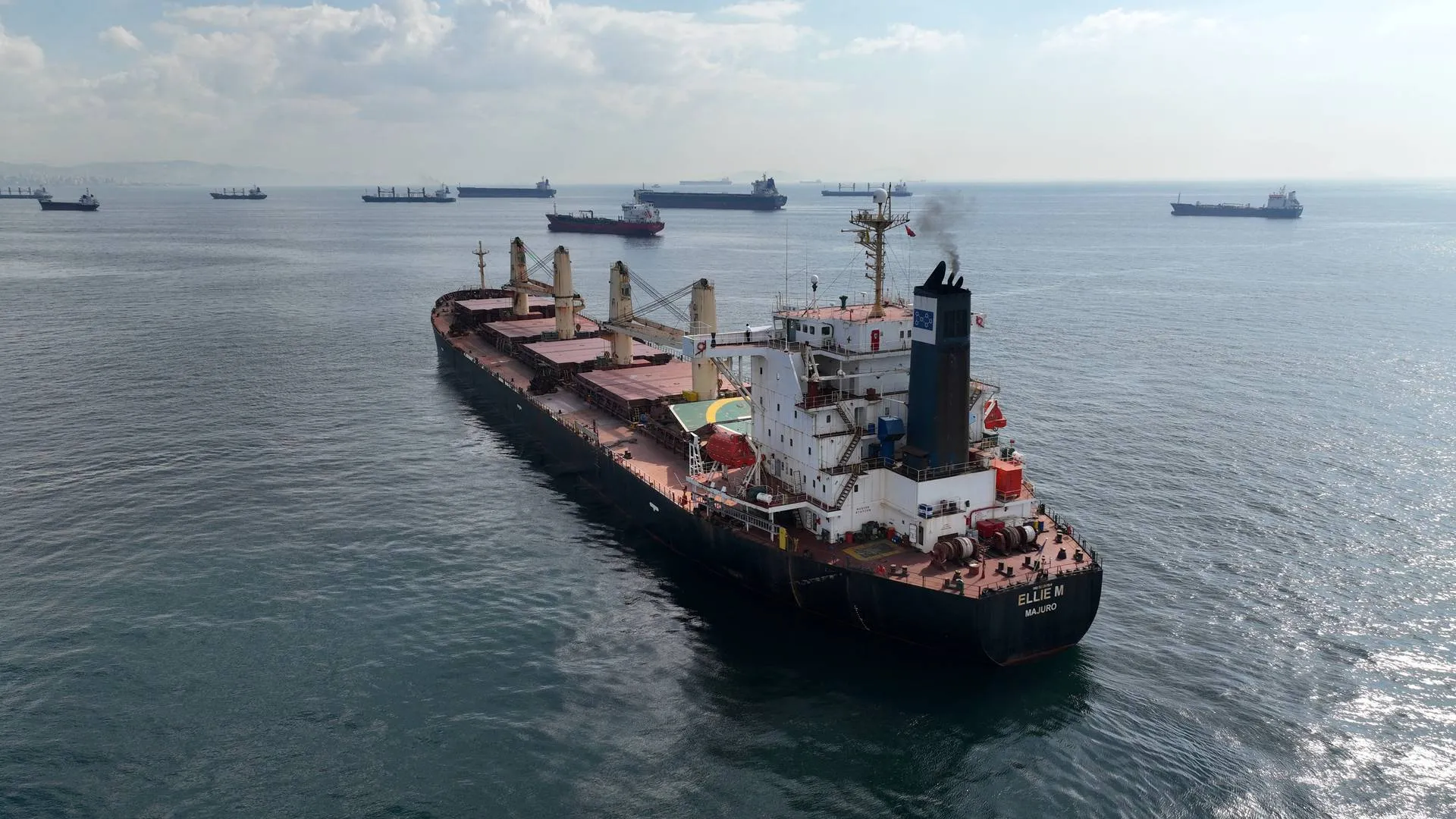India and Saudi Arabia have agreed to collaborate on two upcoming refinery projects in India, a move that would help to expand their scope of energy cooperation beyond the traditional buyer-seller relationship, Indian government officials said April 22.
The two sides agreed to expand energy cooperation during Indian Prime Minister Narendra Modi’s visit to Saudi Arabia. As energy demands continue to grow, Saudi Arabia would remain a close partner in its energy security journey, officials added.
“The two sides particularly welcomed the agreement to collaborate on establishing two oil refineries in India, as well as the progress achieved on taxation issues,” a government source said on Modi’s visit to Saudi Arabia.
Energy trade between the nations reached $25.7 billion in 2023-24 (April-March), with Saudi Arabia serving as India’s third-largest crude oil and petroleum supplier, accounting for 14.3% of India’s total crude imports, according to government officials. Saudi Arabia was also the third-largest source of LPG for India, representing approximately 18% of total Indian LPG imports.
“Energy has been an important pillar of our economic partnership. Saudi Arabia has been a strong and reliable energy partner for us. It is one of our top suppliers of crude and other petroleum products,” Indian Prime Minister Narendra Modi said in an interview with Arab News during the visit.
India’s upcoming refineries
Industry and government sources told Platts that India’s plan to set up new refineries has attracted Saudi Aramco’s interest in investing in at least one of them and expanding its footprint in a growing oil and petrochemicals market despite facing multiple setbacks in recent years.
The strategic move by two state-run firms — Bharat Petroleum Corp. and Oil and Natural Gas Corp. — to build new refineries will open a window of opportunity for the Middle East’s biggest oil producer, they added.
According to government sources, while BPCL is finalizing plans to build a new refinery in the southern state of Andhra Pradesh, ONGC is planning to build one in the western state of Gujarat, with details of the refineries still being worked out.
“Aramco’s ongoing discussions to take stakes in BPCL’s and ONGC’s proposed refineries seem to align with this strategic direction. If they get to obtain a successful partnership in these refineries, Aramco can not only ensure a steady supply of its crude but also will gain a substantial share of refinery output for sale in the Indian retail market,” said Abhishek Ranjan, South Asia oil research lead at S&P Global Commodity Insights.
Industry sources said one of the key points yet to be decided is what percentage of feedstock use from Aramco is going to be finalized. Indian refiners would want to keep their flexibility by not committing to Aramco the bulk of the feedstock volumes for those refineries, the source added.
Aramco declined to comment on any specific investment plans but has said that India remains a key investment priority for the company.
If a deal works out, the move will allow Saudi Arabia to raise its crude oil market share in India, where it was the third-largest supplier in 2024 — behind Russia and Iraq — supplying 625,000 b/d, according to data from S&P Global Commodities at Sea(opens in a new tab).
In 2018, India announced plans to set up a mega refinery-cum-petrochemicals complex — called the Ratnagiri Refinery — with an annual capacity of 60 million mt. It was planned to be jointly built by three state-run refiners — IOCL, HPCL and BPCL — while Aramco and ADNOC signed initial agreements to acquire stakes in the project. However, the project has faced numerous delays, raising questions about when it can take off.
Additionally, a proposed $15 billion sale of a 20% stake in Reliance’s oil-to-chemicals business to Aramco was also called off, with both companies agreeing to “reevaluate their agreement.”
Expanding scope of energy cooperation
Modi said as the world witnesses a gradual shift toward cleaner and more sustainable energy resources, India is India moving ahead with an ambitious target for green transition, adding that he was confident of India achieving a 500 GW renewable energy target by 2030.
“Even in this journey, there is an immense scope of collaboration with Saudi Arabia. This includes the areas of supply chains, circular economy, energy efficiency and green hydrogen. As partners in the International Solar Alliance, both countries can work toward innovative solutions for future energy needs,” Modi added.
“We are now working on feasibility studies for electricity grid interconnectivity between India and Saudi Arabia and the wider region,” he added.
Modi said that, given the proximity of the two nations, there is a natural connection. As a result, even during global challenges, bilateral trade ties have not just survived but grown.
“While sectors like energy, agriculture and fertilizers are the main areas of our trade, efforts at diversification have borne fruits. Indian businesses and Saudi industry are building stronger connections,” Modi added.
Source: Platts






